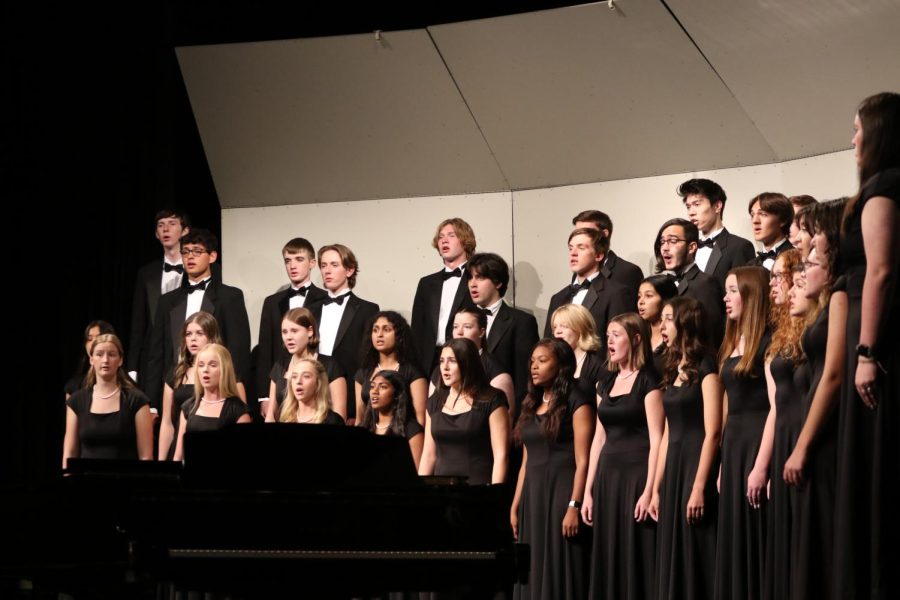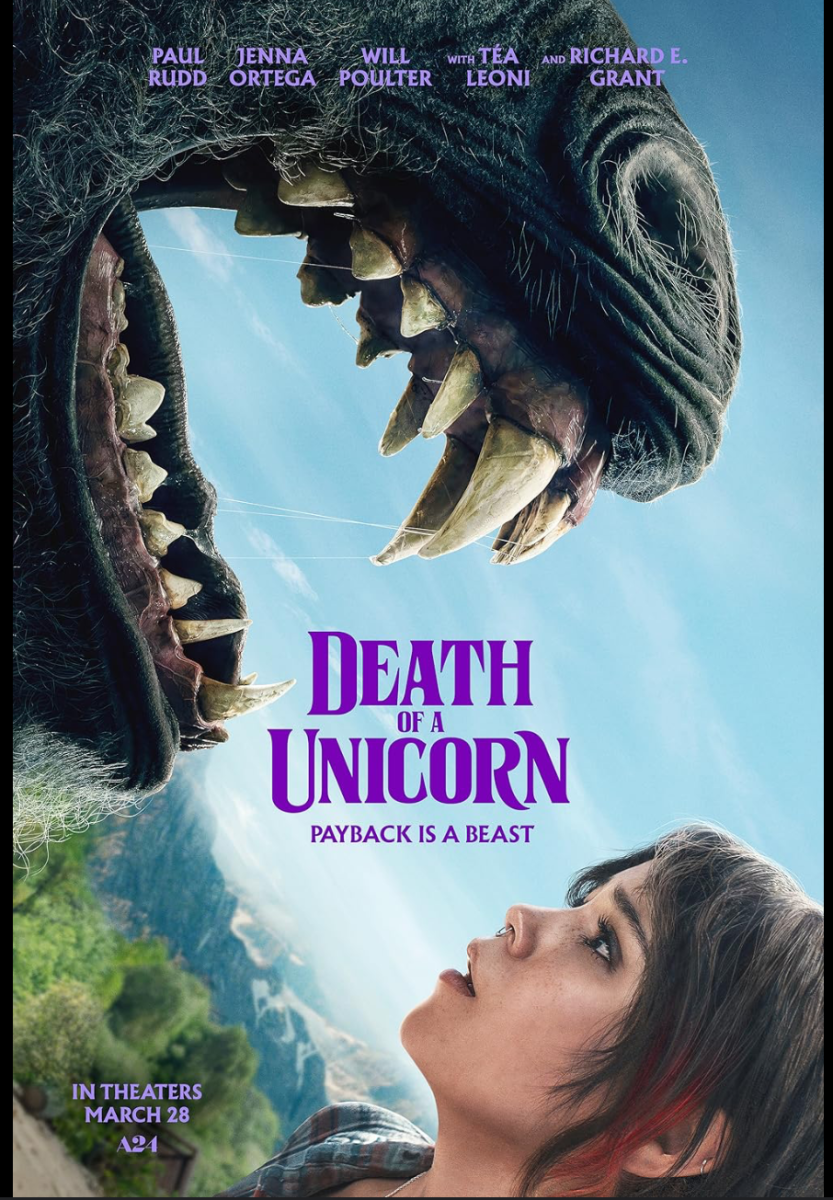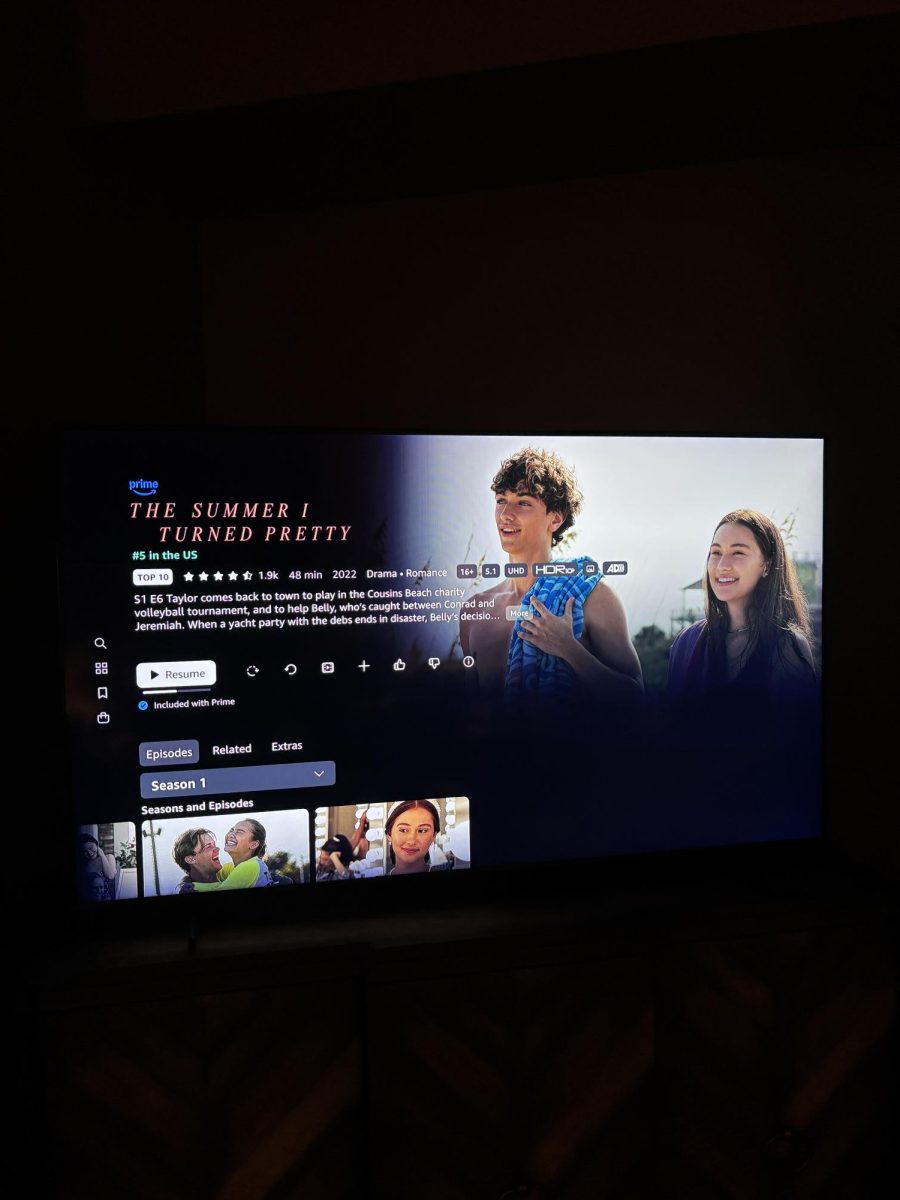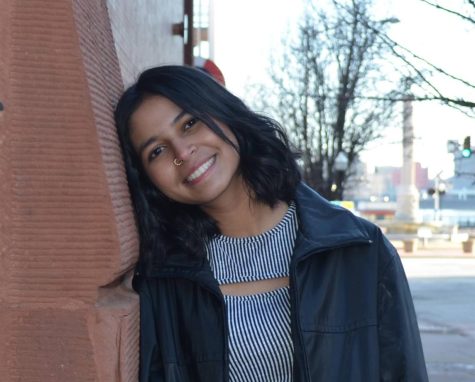When thinking of choral music, the first thing that might come to mind is an ensemble singing in polyphony — perhaps a work with sacred ties written by a European composer.
However, one contemporary composer is trailblazing the choral scene with her secular blend of the Indian Classical and the Western styles of vocal performance.
Composer Reena Esmail works between the worlds of Indian and Western classical music, creating compositions that connect the music traditions of India and the West. Based out of Los Angeles, Esmail is commissioned for orchestral, chamber and choral works by ensembles—including the Los Angeles Master Chorale, Seattle Symphony and Kronos Quartet— and her work has been featured on multiple Grammy-nominated albums.
This year, the Iowa High School Music Association has incorporated a piece by Esmail into the All-State repertoire. The song, titled “Tuttarana,” combines the Italian word “tutti” (together) with “tarana” (a Hindustani style of singing, comparable to the “scat” in jazz).
With its mixed meter, alliterative syllables and fast-paced tempo, “Tuttarana” produces a tidal wave of sound, unlike any other choral piece. Originally premiered in 2015 by Mount Holyoke Glee Club, “Tuttarana” will be performed by the All-State Chorus on Nov. 19 at the All-State Music Festival at Iowa State University.
Senior Leah Mendelin will be performing “Tuttarana” as a member of the Iowa All-State Chorus. “This event in the past has been mostly an event in which the works of white, historical composers have made up the program. Showcasing the music of Reena Esmail is an opportunity for students to study a fusion of Indian and European Classical music, teaching them about music that’s typically not a focus of study at the high school level in America,” she said.
To people on the outside, Esmail’s work is simply another modern choral composition. However, the long and illustrious history of choral singing didn’t always welcome barrier-breaking styles of music.
The Gregorian chant, originating in western and central Europe during the 9th and 10th centuries, laid the groundwork for choral music. Performed in churches, this style of vocal music was sung in unison by monks of the Roman Catholic Church.
As music composition evolved, the Middle Ages introduced polyphony, the sounding of several different tones in rhythmic contrast. Polyphonic singing is what makes choral music distinct from other styles of performance — the simultaneous lines of individual melodies created a unique musical texture that had not yet been achieved in decades past.
The reverberations of the European classical choral tradition are still prevalent today. In high school choirs across the country, music folders are filled with the likes of Romantic and Baroque composers such as Brahms, Bach and Mendelssohn— and for valid reason. The technique and cultural aspect that accompanies the study of historical literature is important to developing musicianship.
As someone who has witnessed 30 years of the All-State music festival, PV choral director Meg Byrne has seen that lately, there’s less of a strict barrier between European music and non-Western styles of music. “It used to be like, you had this white, eurocentric music and then you had ‘multicultural’ music. And ‘multicultural’ music could literally mean anything. That could even mean a traditional ‘spiritual,’ which is as American as it gets.”
“That’s been an interesting evolution to see, and hopefully, it means progress,” Byrne continued. Last year, the Pleasant Valley Chamber Choir performed another one of Esmail’s compositions, “TaReKiTa,” the sister piece to “Tuttarana” under the direction of Byrne.
“The PV choirs are very fortunate to get the opportunities to sing contemporary music and even work with their composers. It allows us to grow as musicians as we learn the different styles of music taking hold of the world today,” Mendelin continued.
Esmail’s work does not fit the cookie-cutter choral tradition, but its barrier-breaking brilliance has demonstrated that choral music, once limited to worship, has evolved into an art that reflects an ever-changing, diverse society.









